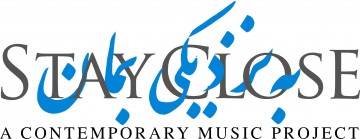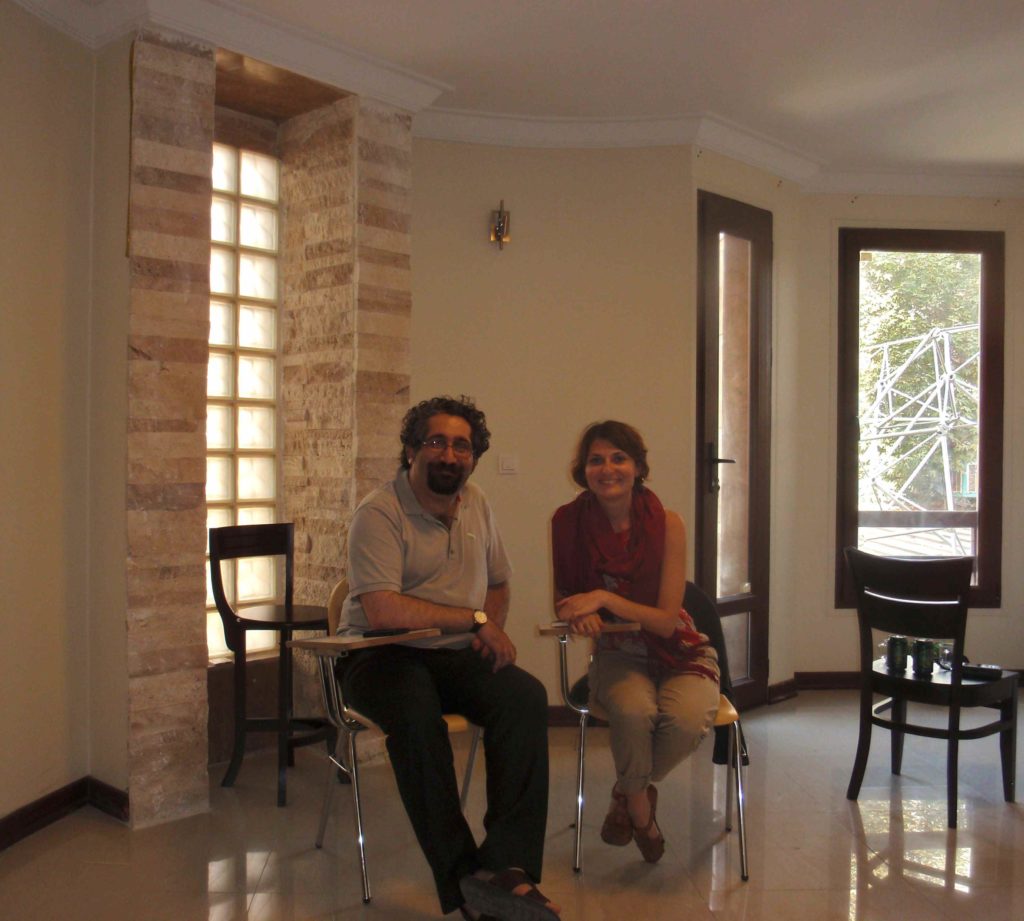Kiawasch Saheb-Nassagh
I had the pleasure of meeting Kiawasch at the private music school ‘Zang o Rang’ he will soon be opening in Tehran. Kiawasch undertook much of his music education in Austria and has a particular desire to improve the standard of music education in Iran which he sees as still not able to compete on the world stage.
Having worked in both Europe and Iran he is actuely aware of the ways in which his Iranian identity and musical output are closely tied to the time and place in which he works. In general, he sees his work as strongly representing and aestheticising a self that is continually changing and metamorphising. He is naturally averse to the idea of ‘fusion’, considering it a lazy mixing of two ideas without the attempt to make something new and innovative. Instead he prefers a more intuitive starting point for composition and is particularly interested in the rhythms and natural cadences of words as the basis for a new piece. Much of his work draws on the writings of Ahmad Shamlou (1925-2000), often cited as the most influential modern Iranian poet. In this way his creative process echoes some aspects of classical Iranian music which uses key texts by Hafez, Sadi and Rumi as the rhythmic basis for the piece.
Kiawasch’s piece Kava for Setar and Orchestra written for the Amsterdam New Ensemble is a wonderful example of his work and suggests a broad range of interests stretching from traditional Iranian classical music to Stockhausen.


Leave a Reply